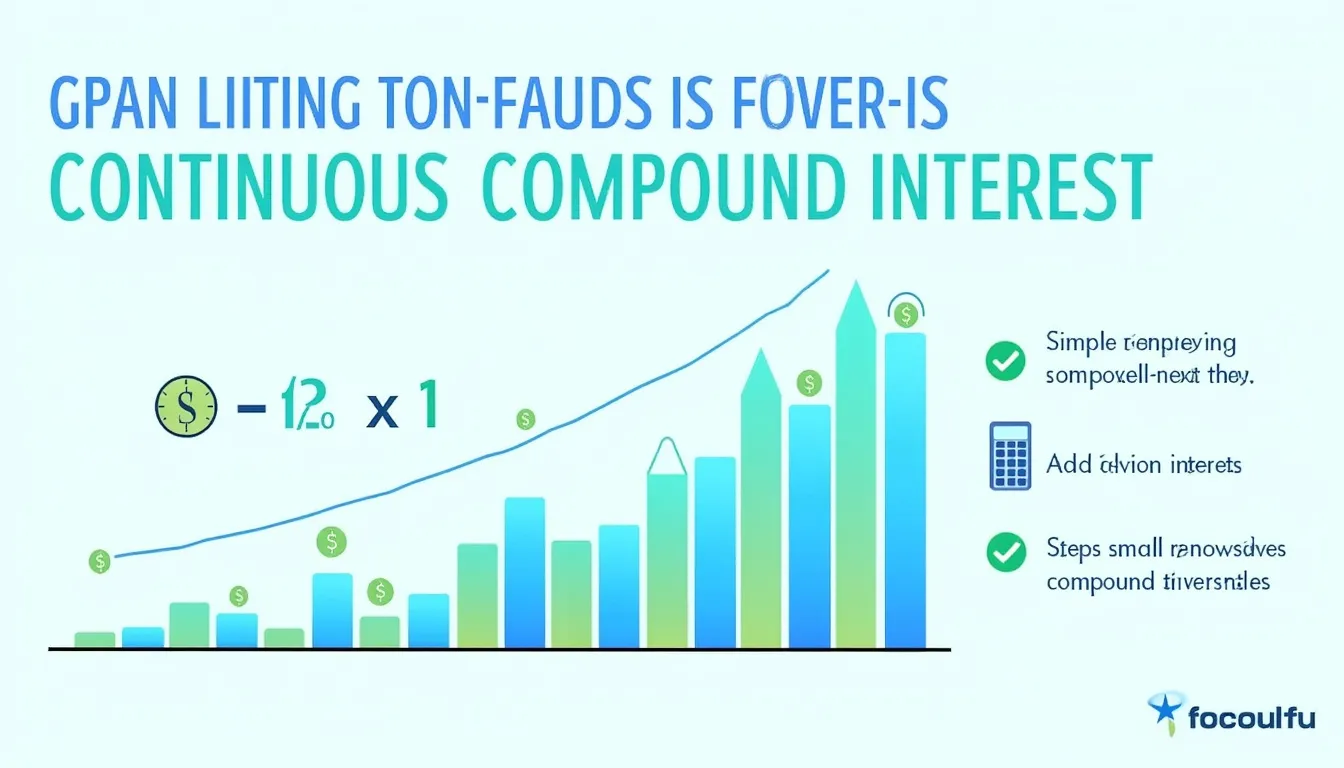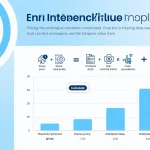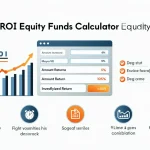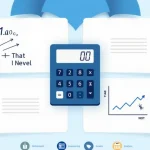Future Value Calculator
Is this tool helpful?
How to use the tool
- Present Value ($): Type the amount you have now—e.g., $8,000 or $20,000.
- Interest Rate (%): Enter the expected annual rate—e.g., 6.1 % or 2.8 %.
- Time (years): State how long the money stays invested—e.g., 5 or 18 years.
- Calculate: Press “Calculate” to see the continuously compounded future value.
Formula used
The calculator applies continuous compounding:
$$ FV = P \times e^{rt} $$
- P = present value
- r = annual interest rate (decimal)
- t = years
- e ≈ 2.71828
Example calculations
- Example 1: P = $8,000, r = 6.1 % (0.061), t = 5 → $$ FV = 8{,}000 \times e^{0.305} \approx 10{,}848.84 $$
- Example 2: P = $20,000, r = 2.8 % (0.028), t = 18 → $$ FV = 20{,}000 \times e^{0.504} \approx 33{,}100.26 $$
Quick-Facts
- Euler’s number e ≈ 2.71828 (NIST Digital Library of Mathematical Functions, 2023).
- Continuous compounding adds ≈ 0.8 % extra growth vs. annual compounding at 5 % over 10 years (Hull, 2022).
- Average S&P 500 annual return since 1926 is about 10 % (Morningstar, 2023).
- High-yield savings rates range 4-5 % APY in 2024 (FDIC Weekly National Rates, 2024).
What does the calculator do?
The calculator outputs the dollar value your lump-sum investment reaches when interest compounds continuously, giving an upper-bound growth scenario (Investopedia, 2023).
Why use continuous instead of annual compounding?
Continuous compounding assumes interest adds instantly; this yields the mathematical maximum return for a given nominal rate (Hull, 2022).
How accurate is the result?
Results are exact for the inputs; real-world returns differ due to taxes, fees and market fluctuations (SEC Investor Bulletin, 2023).
Can I enter fractional years or rates?
Yes—you can input decimals like 6.5 years or 3.75 % to model precise scenarios, matching financial practice (CFA Institute, 2022).
Does continuous compounding always beat periodic compounding?
Yes for identical nominal rates; the difference narrows as compounding frequency increases and becomes zero only when n → ∞ (Brealey & Myers, 2020).
Is the growth taxable?
Earnings are generally taxable in the year they’re realized; tax-advantaged accounts can defer or eliminate this liability (IRS Pub. 550, 2023).
Why start investing early?
“Time in the market beats timing the market” because compounding magnifies early contributions exponentially (Vanguard, 2023).
Where else is continuous compounding used?
Professional finance uses it in option pricing (Black-Scholes model) and bond yield calculations (Hull, 2022).
Important Disclaimer
The calculations, results, and content provided by our tools are not guaranteed to be accurate, complete, or reliable. Users are responsible for verifying and interpreting the results. Our content and tools may contain errors, biases, or inconsistencies. Do not enter personal data, sensitive information, or personally identifiable information in our web forms or tools. Such data entry violates our terms of service and may result in unauthorized disclosure to third parties. We reserve the right to save inputs and outputs from our tools for the purposes of error debugging, bias identification, and performance improvement. External companies providing AI models used in our tools may also save and process data in accordance with their own policies. By using our tools, you consent to this data collection and processing. We reserve the right to limit the usage of our tools based on current usability factors.







